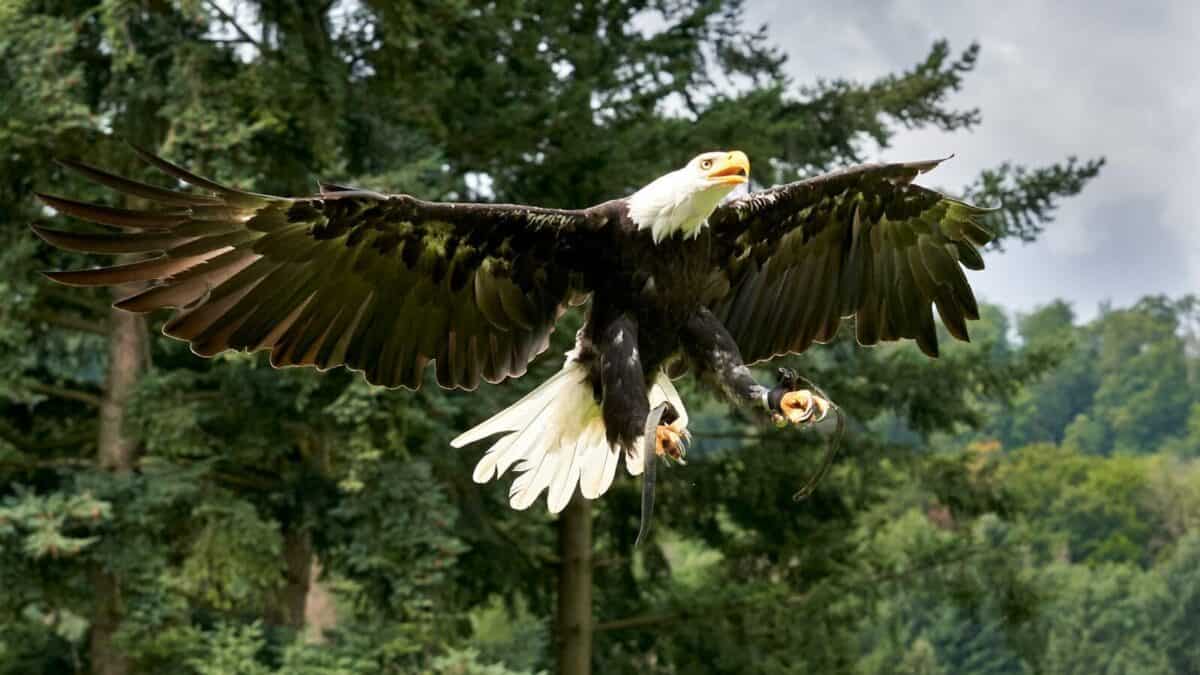Eagles stand as powerful symbols of freedom and wilderness across many cultures, yet these magnificent birds of prey have faced numerous challenges to their survival. From habitat loss to poisoning and illegal hunting, several eagle species have teetered on the brink of extinction. However, the story of eagle conservation isn’t just one of concern—it’s also filled with remarkable successes that demonstrate the impact of dedicated conservation efforts.
Over the past several decades, scientists, conservation organizations, and governments worldwide have implemented measures that have helped eagle populations recover from near-extinction. These conservation wins highlight the resilience of these apex predators when given proper protection and habitat management. At the same time, eagles continue to face significant threats that require ongoing vigilance and action. This article explores ten significant conservation victories for eagles around the world, along with three persistent threats that continue to challenge their survival.
The Bald Eagle’s Remarkable Recovery in the United States

Perhaps the most celebrated eagle conservation success story involves America’s national bird, the bald eagle. In the 1960s, bald eagle populations had plummeted to just 417 nesting pairs in the contiguous United States, primarily due to the widespread use of the pesticide DDT, which caused eggshell thinning and reproductive failure. The species was one of the first to be protected under the 1973 Endangered Species Act, following the crucial 1972 ban on DDT use in the United States.
These protective measures, combined with habitat conservation and captive breeding programs, triggered a remarkable recovery. By 2007, bald eagle numbers had increased to approximately 9,789 breeding pairs, leading to their removal from the endangered species list. Today, the population exceeds 300,000 birds, with more than 71,400 nesting pairs spread across all 48 contiguous states. This resurgence represents one of the greatest wildlife conservation success stories in American history and demonstrates how targeted legislation and public support can reverse the decline of an iconic species.
Spanish Imperial Eagle Back from the Edge
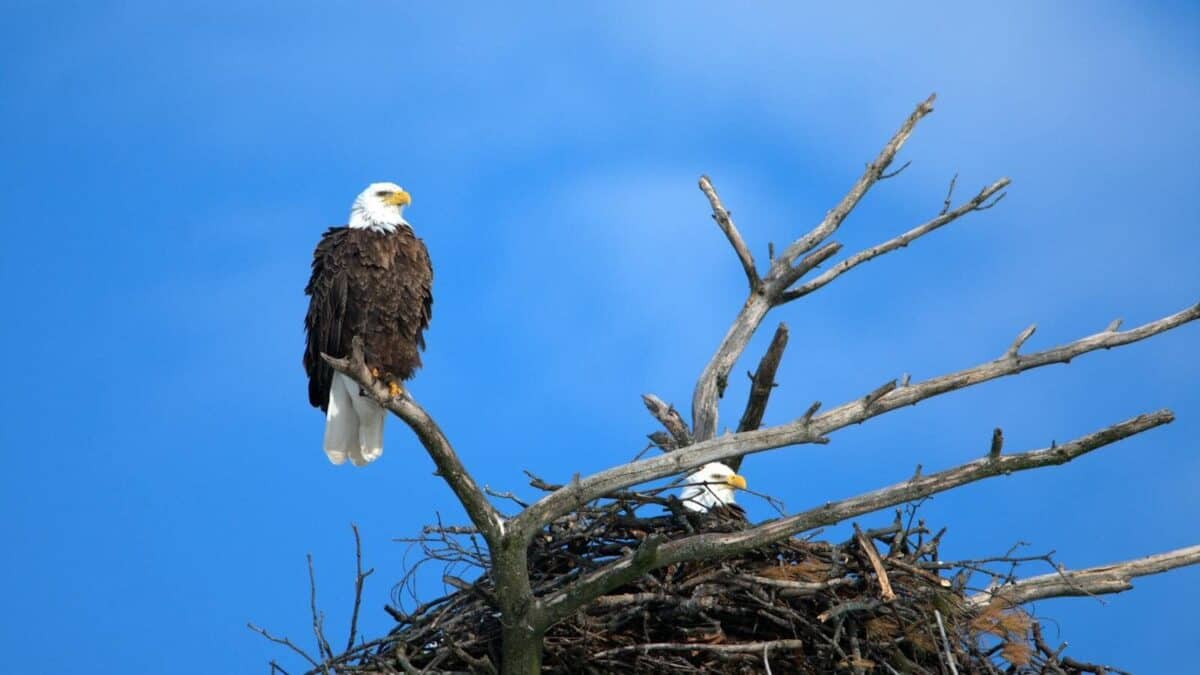
The Spanish imperial eagle (Aquila adalberti), once one of the world’s most endangered birds of prey, has made a remarkable comeback. Endemic to the Iberian Peninsula, this majestic raptor saw its population collapse to just 30 breeding pairs in the 1960s due to habitat destruction, poisoning, and electrocution on power lines. The situation was so dire that extinction seemed inevitable without immediate intervention.
Through intensive conservation efforts including habitat protection, artificial nest building, supplementary feeding programs, and retrofitting of dangerous power lines, the Spanish imperial eagle population has increased dramatically. By 2021, the population had grown to over 400 breeding pairs, allowing its status to be downgraded from “endangered” to “vulnerable” on the IUCN Red List. This success story showcases how coordinated conservation actions between governments, scientists, and NGOs can bring a species back from the brink of extinction and highlights the importance of addressing multiple threat factors simultaneously.
White-tailed Eagle Reintroduction Across Europe

The white-tailed eagle (Haliaeetus albicilla), Europe’s largest eagle, had disappeared from much of its historical range by the early 20th century. Persecution, habitat loss, and pollutants had driven this impressive sea eagle to extinction in countries including the United Kingdom, France, and Denmark. However, since the 1970s, an ambitious series of reintroduction programs has helped restore this species across its former European range.
Beginning in Scotland in 1975, white-tailed eagles were reintroduced using birds from Norway. Similar projects followed in Ireland, England, France, and the Netherlands. The results have been impressive: Scotland now hosts over 150 breeding pairs, and successful breeding has been documented in all reintroduction areas. The European population as a whole has increased from fewer than 800 pairs in the 1970s to more than 11,000 individuals today. This conservation win demonstrates how international cooperation can facilitate the recovery of a species across national boundaries, restoring ecological relationships and enriching biodiversity throughout a continent.
Philippine Eagle Community-Based Conservation Success

The Philippine eagle (Pithecophaga jefferyi), one of the world’s largest and most powerful eagles, continues to face critical endangerment with fewer than 400 breeding pairs remaining in the wild. Endemic to the Philippines, this magnificent raptor has suffered from extensive deforestation and hunting. However, targeted conservation efforts centered around community involvement have shown promising results in key areas, offering hope for this critically endangered species.
The Philippine Eagle Foundation has pioneered a community-based conservation approach that engages local indigenous communities as partners in protection efforts. By providing alternative livelihood opportunities and involving communities in monitoring nesting sites, this model has successfully protected several breeding territories. In areas where these programs operate, nesting success rates have improved significantly, and local hunting of eagles has decreased by over 80%. While the Philippine eagle remains endangered, these localized successes demonstrate the effectiveness of conservation models that integrate cultural values and community engagement, providing a blueprint for expanding protection across the eagle’s remaining habitat.
African Fish Eagle Conservation Through Wetland Protection
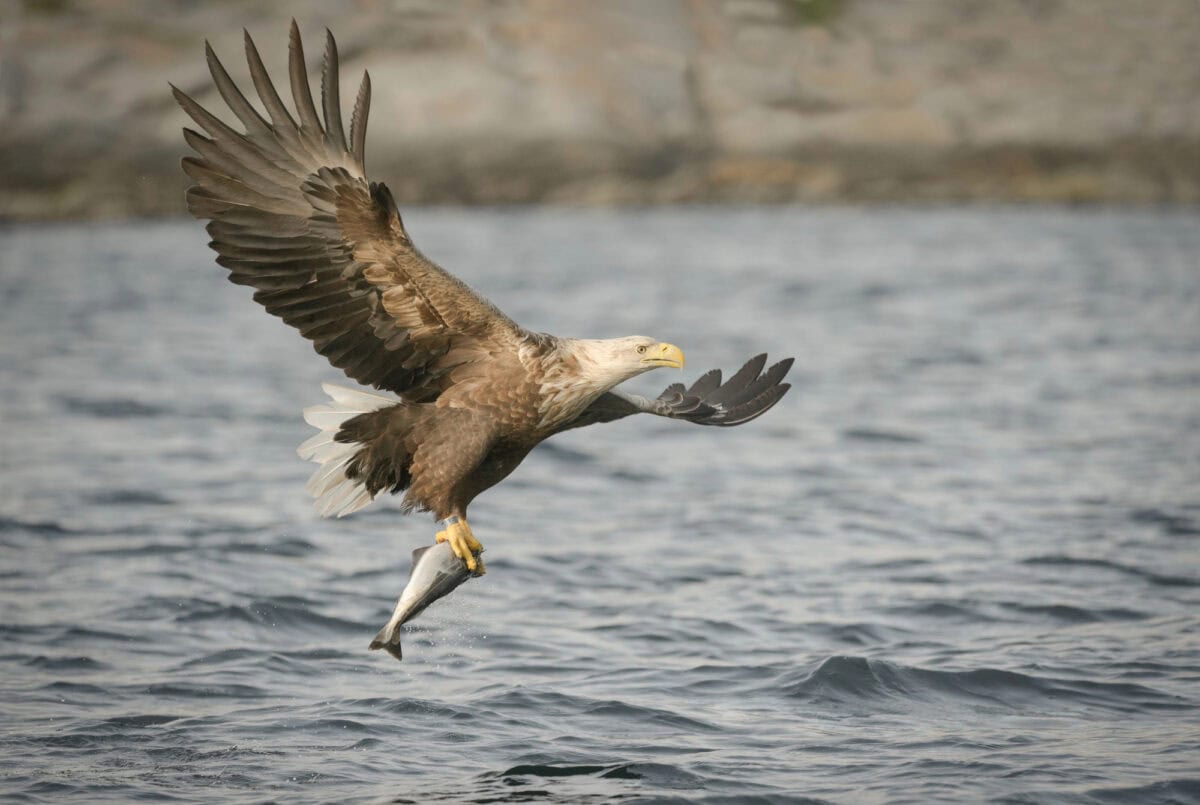
The African fish eagle (Haliaeetus vocifer), with its distinctive black, white, and chestnut plumage and resonant call, has benefited significantly from the protection of crucial wetland habitats across Africa. Unlike many eagle species, the African fish eagle has maintained relatively stable populations in many regions, largely due to successful conservation of key aquatic ecosystems through international agreements like the Ramsar Convention on Wetlands.
Particularly successful examples include Lake Nakuru National Park in Kenya and the Okavango Delta in Botswana, where protected status has maintained healthy fish eagle populations even as they face pressures elsewhere. These conservation areas not only provide essential habitat for the eagles but also serve as biodiversity hotspots that support entire ecosystems. With an estimated population of 300,000 individuals across the continent, the African fish eagle demonstrates how protecting specific habitat types can benefit apex predators and countless other species simultaneously. This approach to ecosystem-level conservation has proven more effective than single-species management for these habitat specialists.
Steller’s Sea Eagle International Collaboration in Northeast Asia
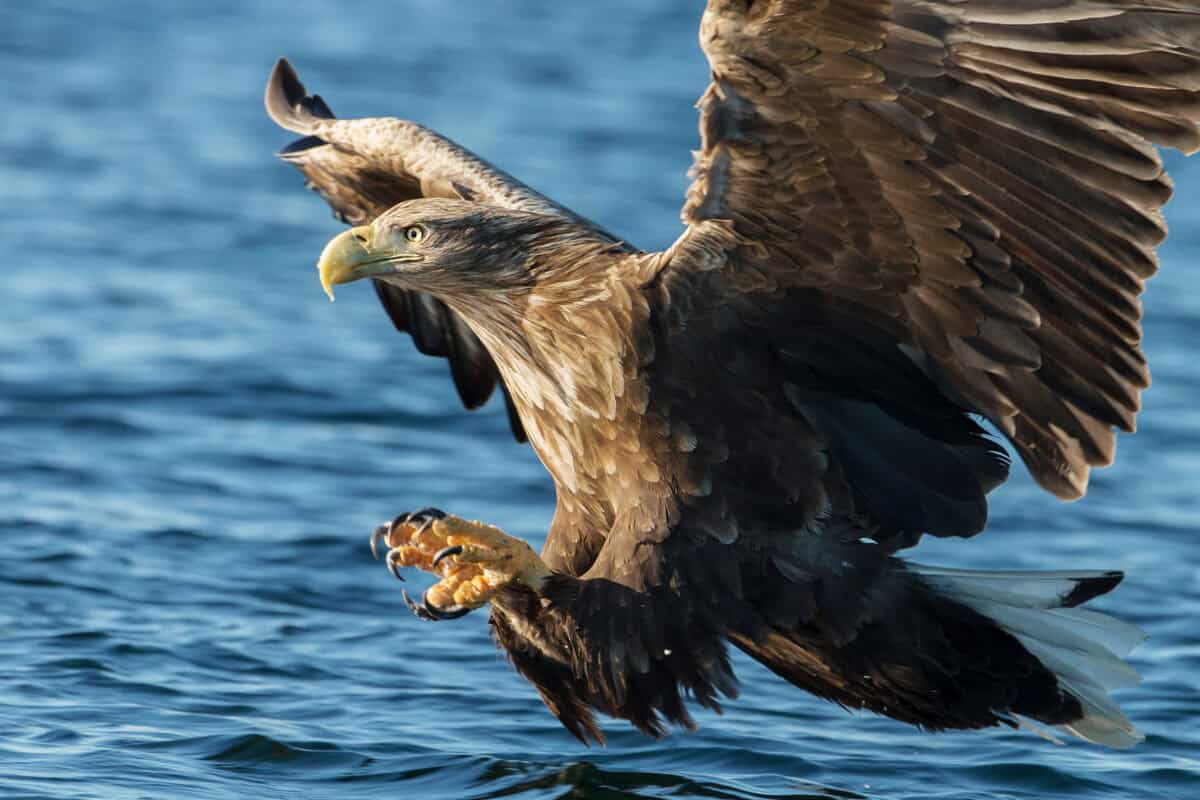
The Steller’s sea eagle (Haliaeetus pelagicus), one of the heaviest eagles in the world with a weight of up to 20 pounds and a wingspan reaching 8 feet, has benefited from coordinated conservation efforts across its range in Northeast Asia. Native to coastal Russia, particularly Kamchatka and the Sea of Okhotsk region, with winter migrations to Japan and occasionally Korea and China, this magnificent raptor faces threats from industrial development and pollution in its coastal habitats.
International agreements between Russia and Japan have established key protected areas in both countries, safeguarding critical breeding and wintering grounds. In Russia’s Magadan Nature Reserve and Japan’s Shiretoko Peninsula (a UNESCO World Heritage Site), strict habitat protections have maintained viable populations. Collaborative research and monitoring programs between Russian and Japanese scientists have improved understanding of migration patterns and habitat needs, informing conservation planning. While the global population remains vulnerable at approximately 5,000 individuals, these international efforts have stabilized numbers and prevented further decline, demonstrating how cross-border cooperation can protect species that migrate across national boundaries.
Harpy Eagle Innovative Protection in the Amazon

The harpy eagle (Harpia harpyja), one of the most powerful birds of prey in the world and an apex predator of Neotropical rainforests, has benefited from innovative conservation approaches across its range from Mexico to Argentina. With a particular focus on the Amazon Basin, where the largest remaining populations exist, conservationists have developed unique strategies to protect this iconic species despite ongoing deforestation challenges.
The Harpy Eagle Conservation Program, initiated in Panama and later expanded to Brazil and other countries, has pioneered techniques including artificial nest platforms, community-based monitoring networks, and economic incentives for forest protection around nest sites. In Brazil’s Mato Grosso state, agreements with ranchers have protected over 3,000 hectares of forest specifically for harpy eagle habitat, while ecotourism initiatives have created economic value for living eagles. These targeted approaches have successfully maintained harpy eagle populations in human-modified landscapes where traditional conservation methods might fail. While the species remains near-threatened globally, these innovative solutions offer models for conserving large predators in regions experiencing rapid development and forest conversion.
Greater Spotted Eagle Protected Wetland Networks

The greater spotted eagle (Clanga clanga), a vulnerable species that breeds across Eastern Europe and Asia, has benefited significantly from the establishment of protected wetland networks along its migration routes. These eagles depend on wetlands for hunting and breeding, making them particularly susceptible to drainage and development. International efforts to safeguard key stopover sites have played a crucial role in stabilizing populations that might otherwise have continued to decline.
The European Union’s Natura 2000 network has been particularly important, protecting crucial sites in Poland, Belarus, and the Baltic states where significant breeding populations remain. Combined with the African-Eurasian Waterbird Agreement (AEWA), which protects wintering grounds in the Middle East and Africa, these coordinated conservation mechanisms have created a safety net for the species throughout its annual cycle. Monitoring data shows that in protected areas, breeding success has improved by approximately 35% compared to unprotected sites. While still facing challenges, the greater spotted eagle exemplifies how international environmental agreements can translate into real protection for migratory species that cross numerous political boundaries during their life cycles.
Eagle Nest Protection Laws Legal Victories

Across many countries, the implementation and enforcement of specific eagle nest protection laws have proven remarkably effective at safeguarding breeding sites, which represent critical habitat bottlenecks for these long-lived species. In the United States, the Bald and Golden Eagle Protection Act not only prohibits killing eagles but also explicitly protects nests, making it illegal to disturb or destroy them even when inactive. These legal protections create buffer zones around nesting sites that have allowed eagles to successfully reproduce even in areas with significant human activity.
Similarly, European nations have implemented nest-specific protections that have yielded measurable results. Finland’s Nature Conservation Act establishes protection zones around white-tailed eagle nests that have increased nesting success by over 40% in managed areas. In Australia, wedge-tailed eagle nests receive legal protection with exclusion zones of up to 500 meters during breeding season, which has helped populations recover from historical persecution. These legal frameworks demonstrate how targeted protection of critical reproductive sites can be particularly effective for species that show high nest fidelity and may use the same nesting structures for decades, providing intergenerational benefits from a single conservation action.
Threat #3 Lead Poisoning from Ammunition
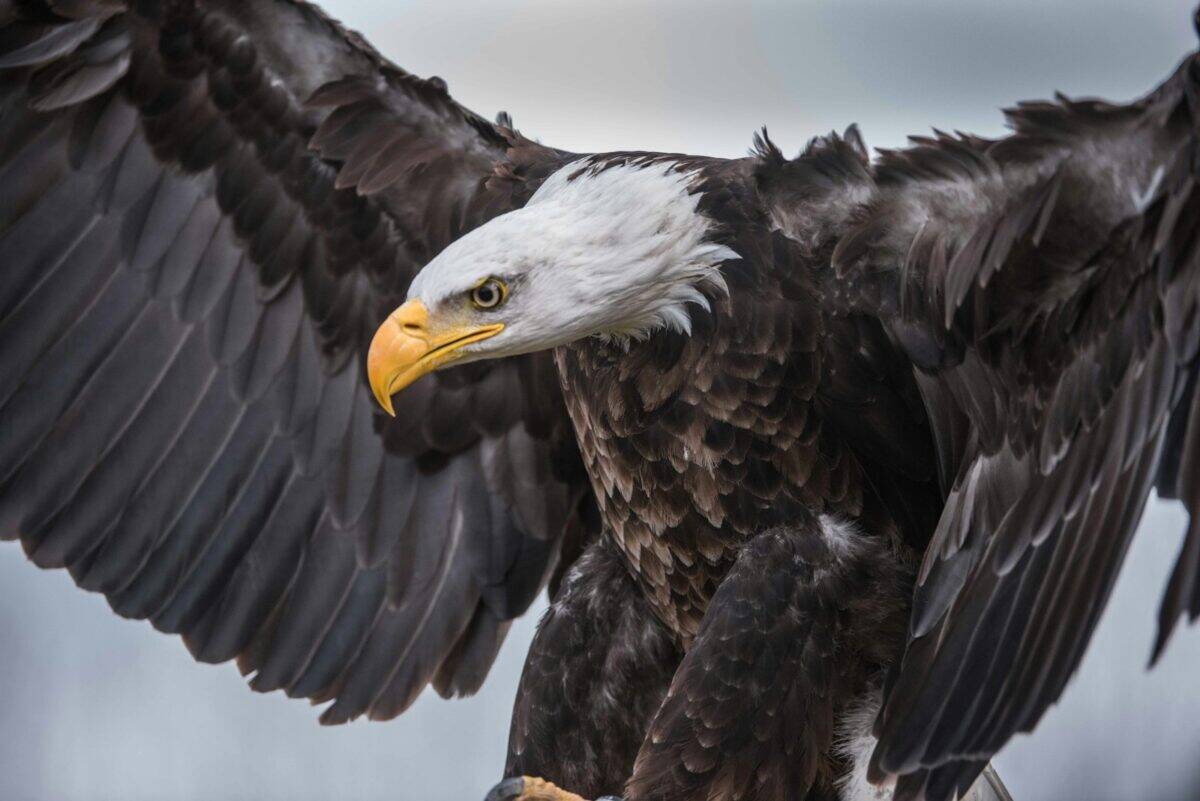
Despite significant conservation gains, lead poisoning remains one of the most pervasive threats to eagles worldwide. Eagles are particularly vulnerable to lead exposure through their scavenging behavior, as they frequently feed on animal carcasses or gut piles left by hunters that contain lead bullet fragments. When ingested, even tiny amounts of lead can cause neurological damage, organ failure, and death in these birds. Studies have found that during hunting seasons, lead poisoning cases in eagles can increase by up to 400% in some regions.
In the United States, research has demonstrated that approximately 46-50% of bald and golden eagles show evidence of repeated lead exposure, with around 28% suffering from clinical lead poisoning. Similar patterns have been documented in white-tailed eagles in Europe and Steller’s sea eagles in Japan. While some jurisdictions have implemented partial bans on lead ammunition in certain contexts—such as California’s statewide ban and restrictions in specific European countries—the threat remains widespread. Conservation organizations continue to advocate for broader restrictions on lead ammunition and promote voluntary transitions to non-toxic alternatives among hunting communities, but this remains a persistent challenge to eagle recovery efforts globally.
Threat #2 Wind Energy Development and Collision Risk
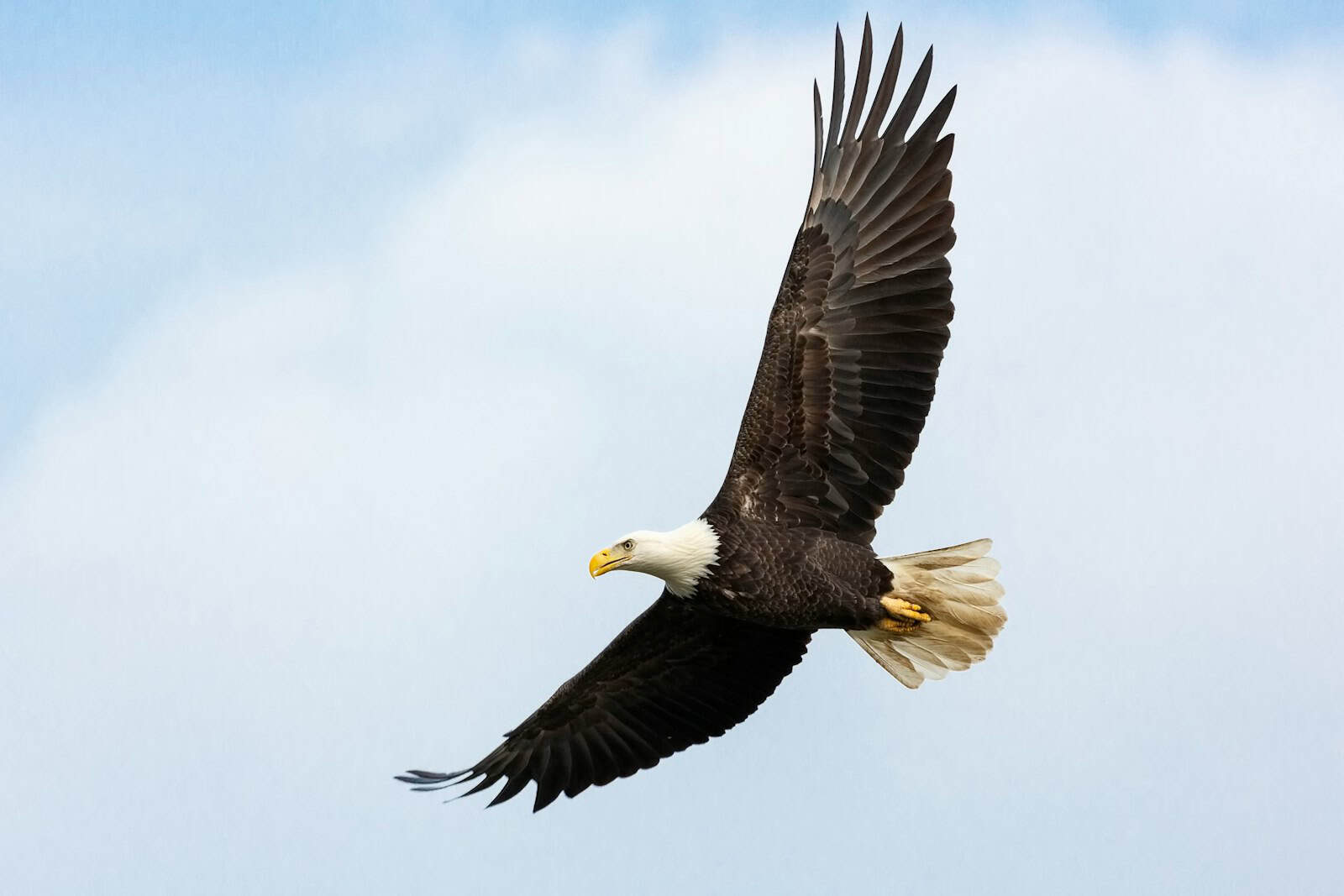
The rapid expansion of wind energy, while crucial for addressing climate change, presents a growing threat to eagle populations worldwide. Eagles are particularly vulnerable to turbine collisions due to their flight behavior, large wingspans, and hunting techniques that often involve focusing on prey rather than obstacles. Golden eagles face especially high risk, with studies estimating that approximately 1,000-2,000 are killed annually at wind facilities across North America and Europe combined. This mortality rate is particularly concerning for species with naturally low reproductive rates and long generation times.
The challenge lies in balancing renewable energy development with eagle conservation. While technologies such as radar detection systems, turbine curtailment during high-risk periods, and innovative deterrent methods show promise, implementation remains inconsistent. Some countries have developed specific guidelines for wind development in eagle habitats, such as Spain’s requirements for buffer zones around imperial eagle territories, but these approaches vary widely. As wind energy continues to expand globally, finding effective ways to minimize eagle mortality while maximizing clean energy production represents one of the most significant contemporary conservation challenges, requiring collaboration between energy developers, wildlife agencies, and researchers to develop and implement effective solutions.
Threat #1 Climate Change Effects on Habitat and Prey
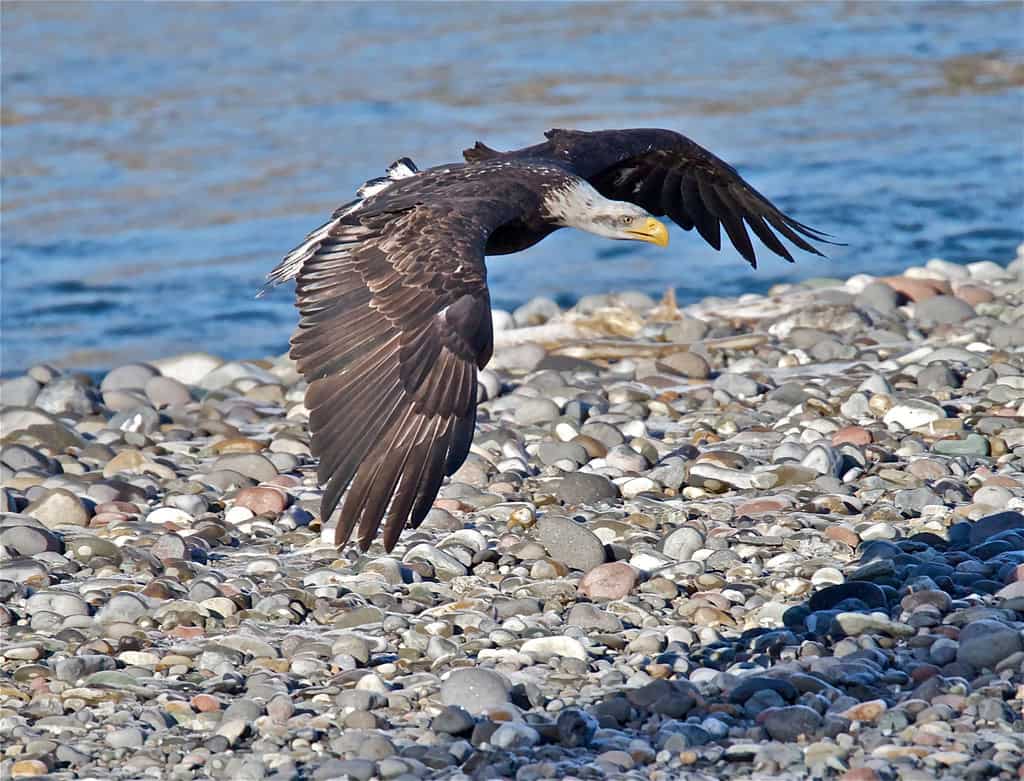
Climate change poses a more subtle but potentially more profound threat to eagle populations worldwide by altering ecosystems, prey availability, and breeding patterns. Research indicates that changing temperature and precipitation patterns are disrupting the synchronization between eagle breeding cycles and prey availability in many regions. For example, fish eagles in Africa face increasing challenges as unpredictable water levels affect fish populations, while golden eagles in mountainous regions encounter altered prey distribution as temperature zones shift upward in elevation.
More directly, extreme weather events linked to climate change threaten nesting success. Studies have documented increased nest failures during heat waves and severe storms, with some regions experiencing up to 30% higher nestling mortality during extreme weather events. Sea eagles face particular challenges as coastal habitats are altered by rising sea levels and increasing storm intensity. While eagles as a group have demonstrated adaptability throughout their evolutionary history, the rapid pace of contemporary climate change may exceed their capacity to adjust, especially when combined with other anthropogenic pressures. Addressing this threat requires not only species-specific conservation measures but also broader climate mitigation and adaptation strategies.
Conclusion: The Future of Eagle Conservation Building on Success While Addressing New Challenges
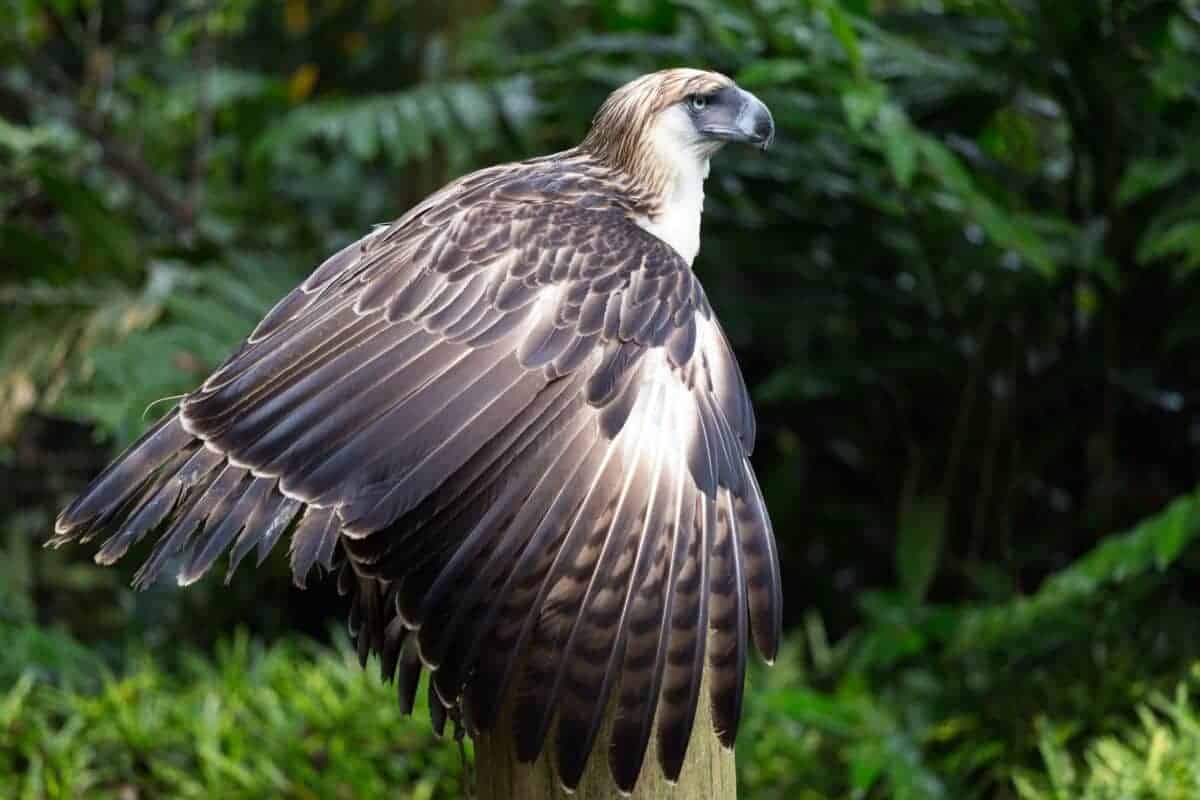
The conservation wins highlighted in this article demonstrate that eagle populations can recover when given adequate protection, habitat management, and reduction of direct threats. From the bald eagle’s dramatic comeback in North America to the successful reintroduction of white-tailed eagles across Europe, these success stories provide powerful evidence that well-designed conservation programs can reverse even severe population declines. These victories should inspire continued investment in eagle conservation worldwide, particularly for species still facing critical endangerment.
However, the ongoing threats of lead poisoning, wind energy development, and climate change illustrate that eagle conservation must continuously evolve to address emerging challenges. Conservation strategies must increasingly integrate traditional approaches like habitat protection with innovative solutions addressing novel threats in our changing world. The future of eagle conservation will likely depend on strengthening international cooperation, improving science-based management, and finding balanced approaches that meet human needs while protecting these magnificent birds.
Eagles, as apex predators and charismatic species, serve as powerful conservation ambassadors. Their high public visibility and cultural significance can help generate support for broader conservation efforts that benefit entire ecosystems. By continuing to build on the conservation successes of recent decades while developing creative responses to emerging threats, we can ensure that eagles continue to soar over landscapes worldwide, inspiring future generations with their power and majesty.
- 11 Giant Insects Found in the U.S. - August 22, 2025
- 10 Animals That Build Complex Nests for Their Offspring - August 22, 2025
- 10 Shark Breeds That Prefer Solitude And 2 That Travel in Schools - August 22, 2025

